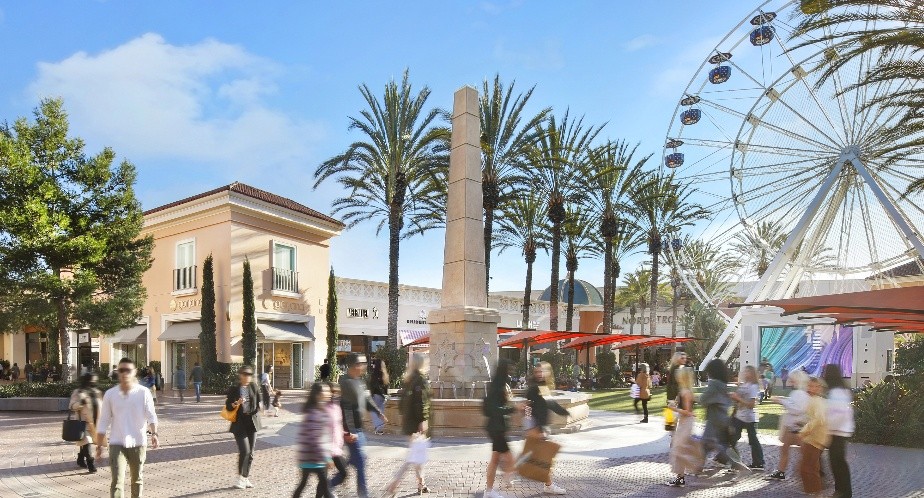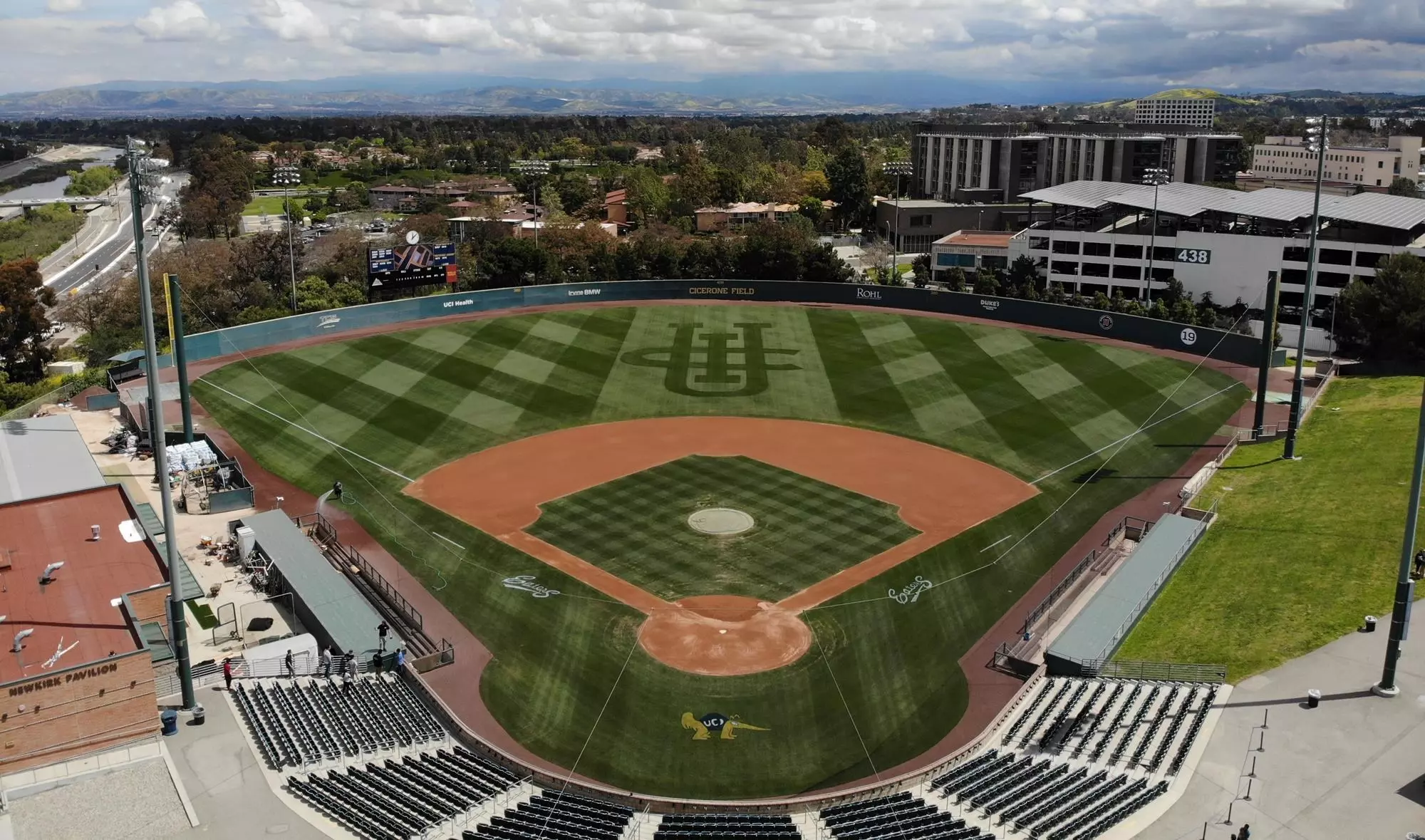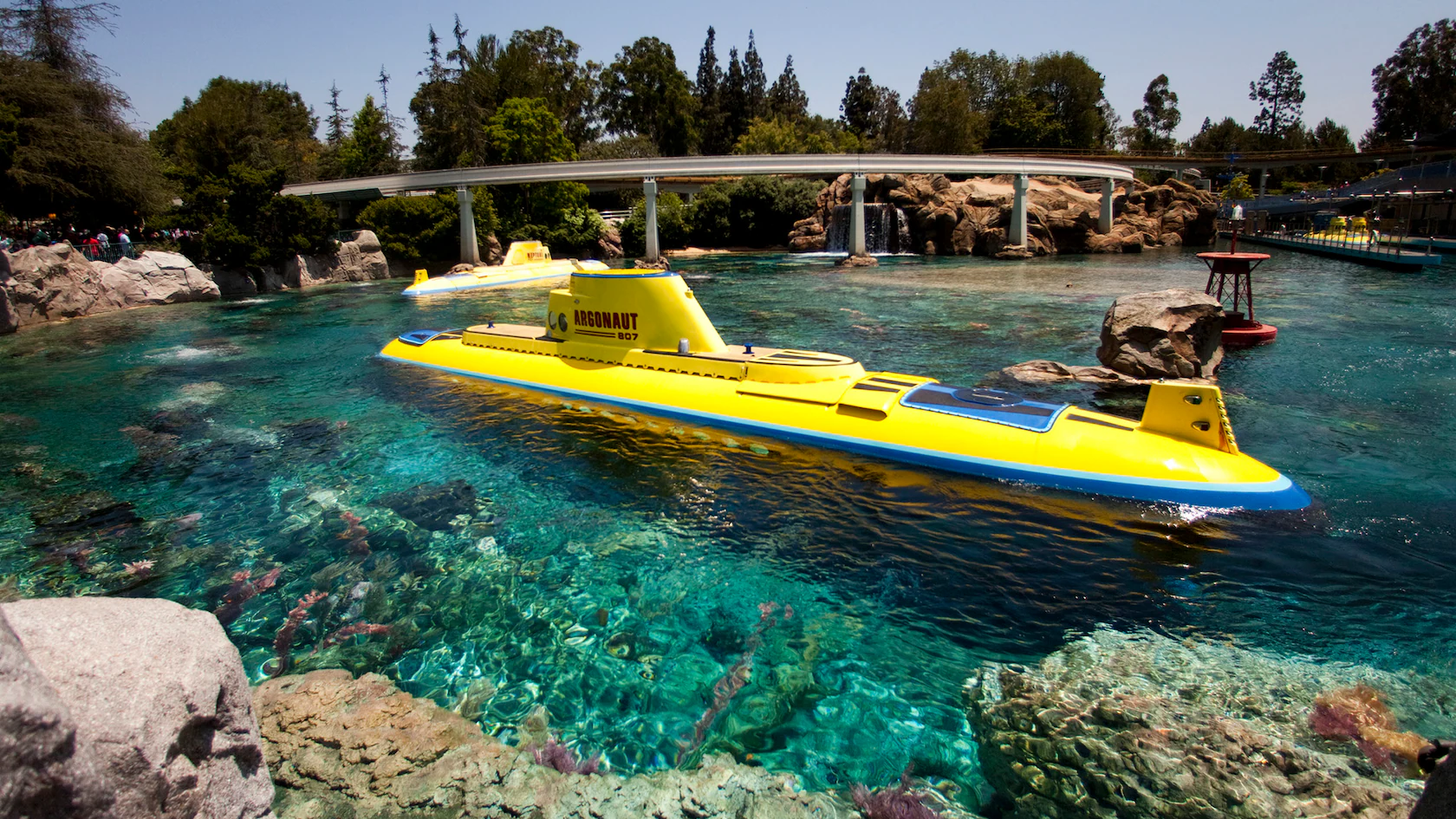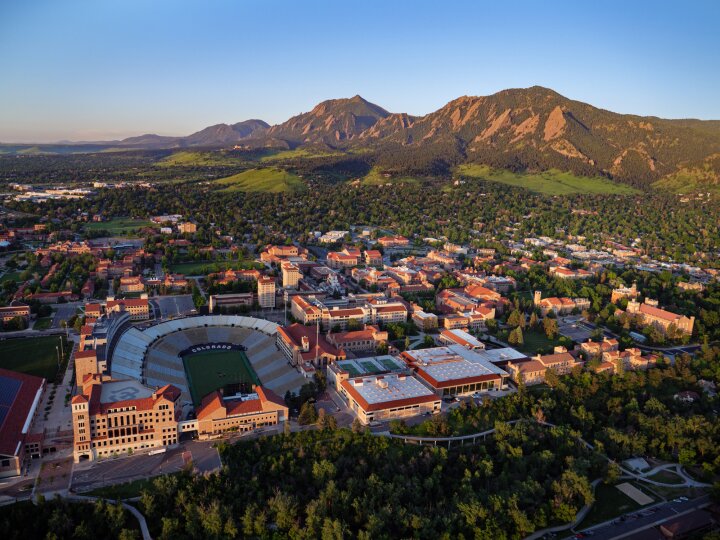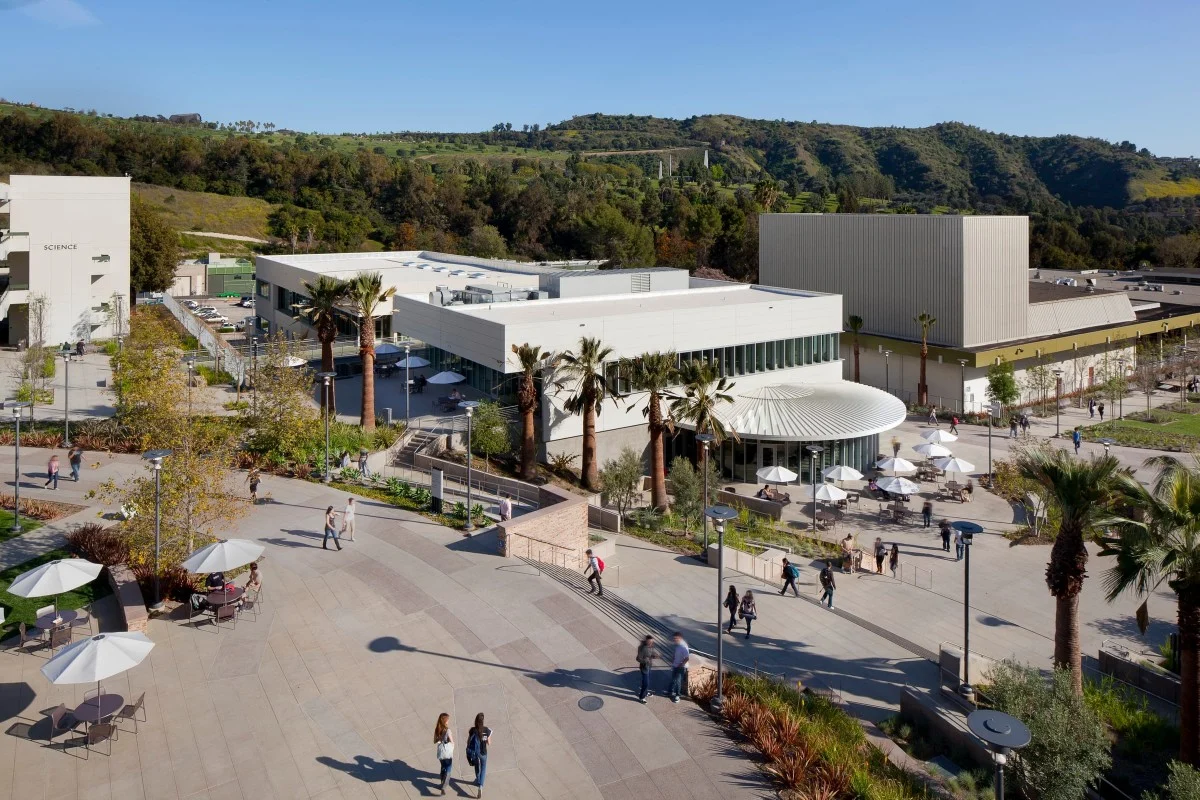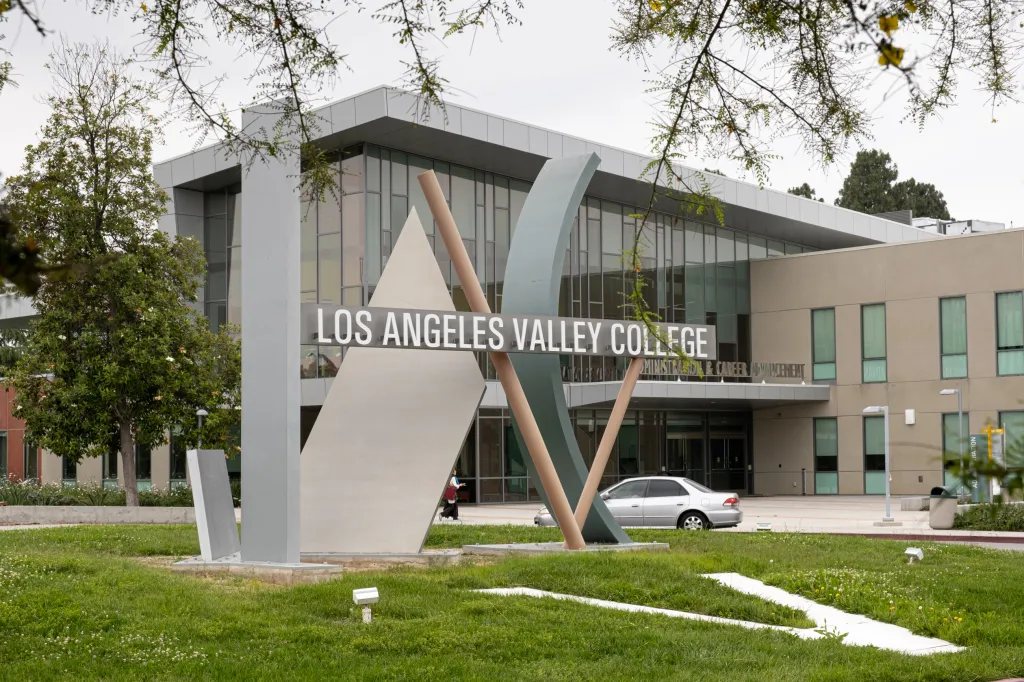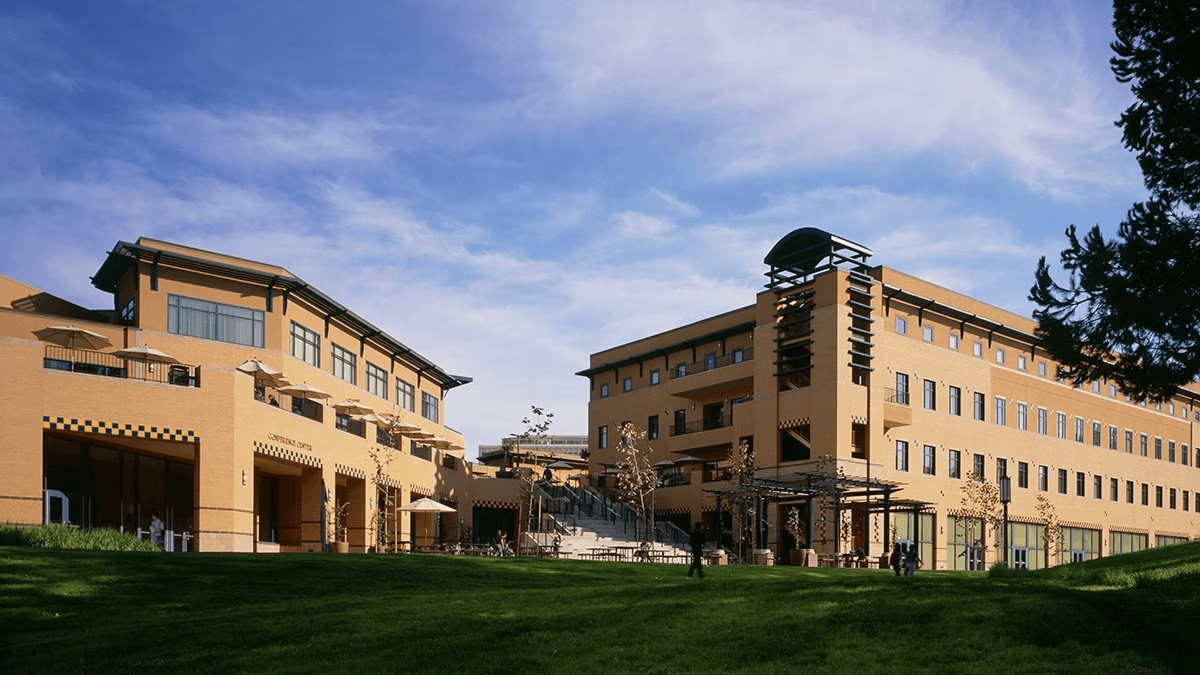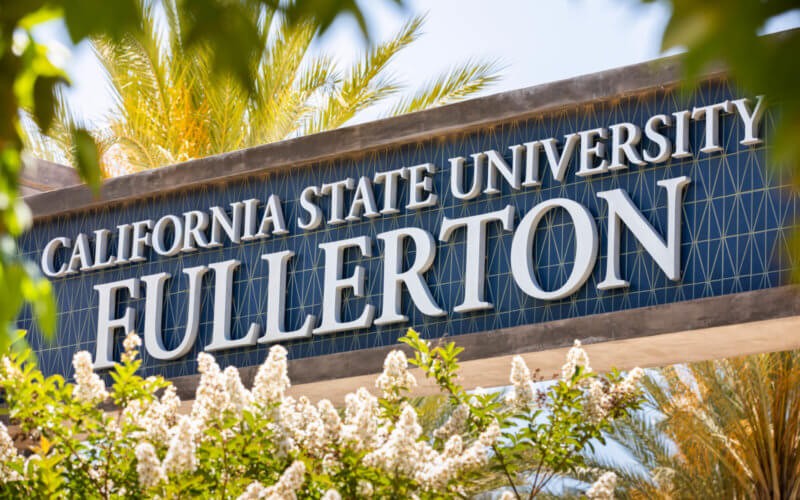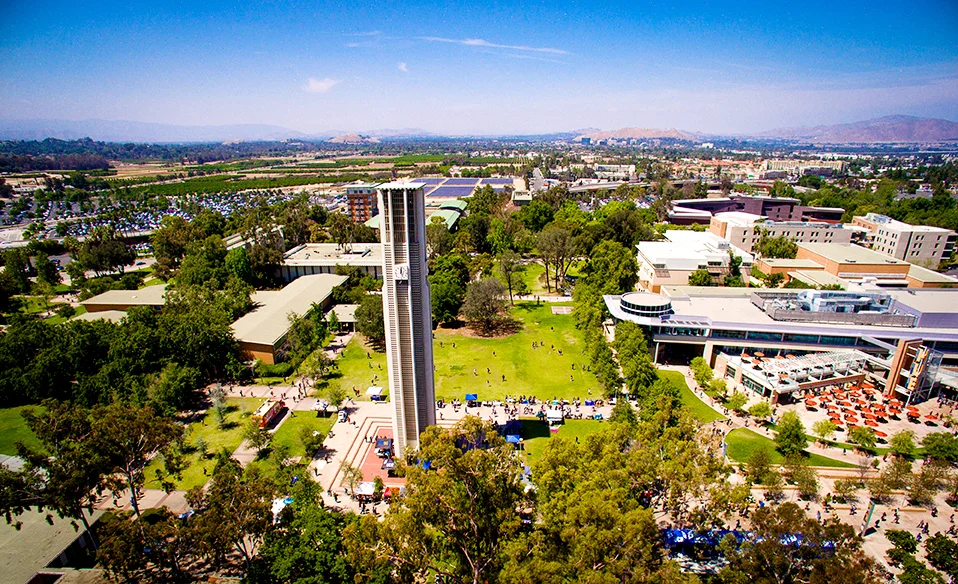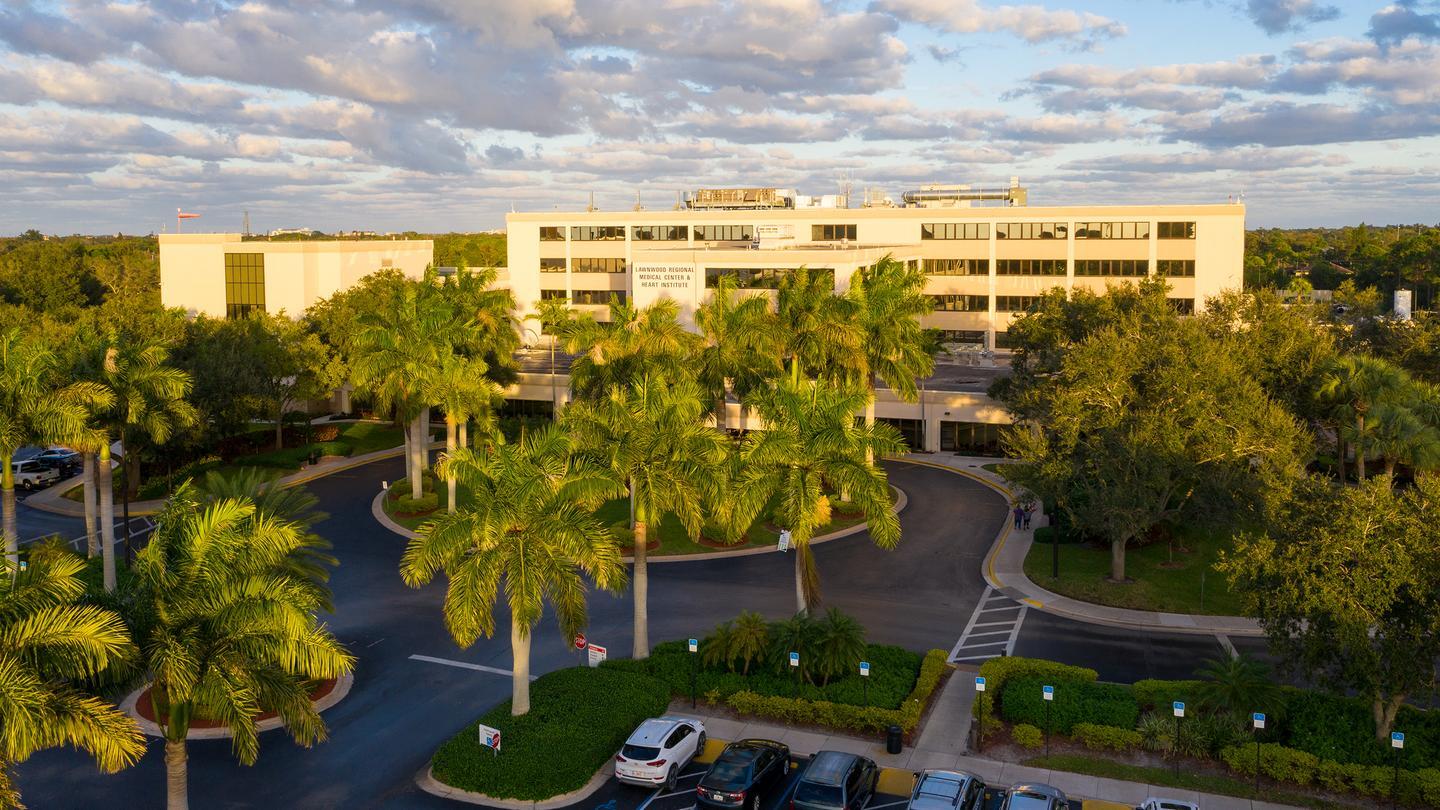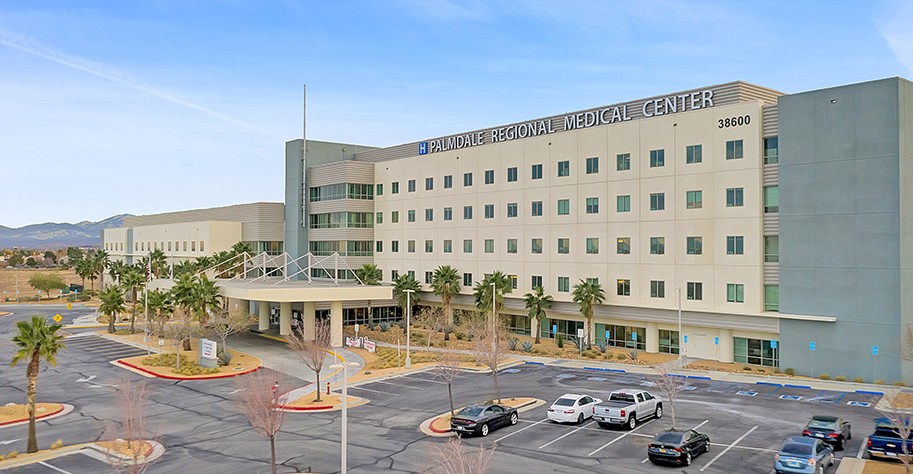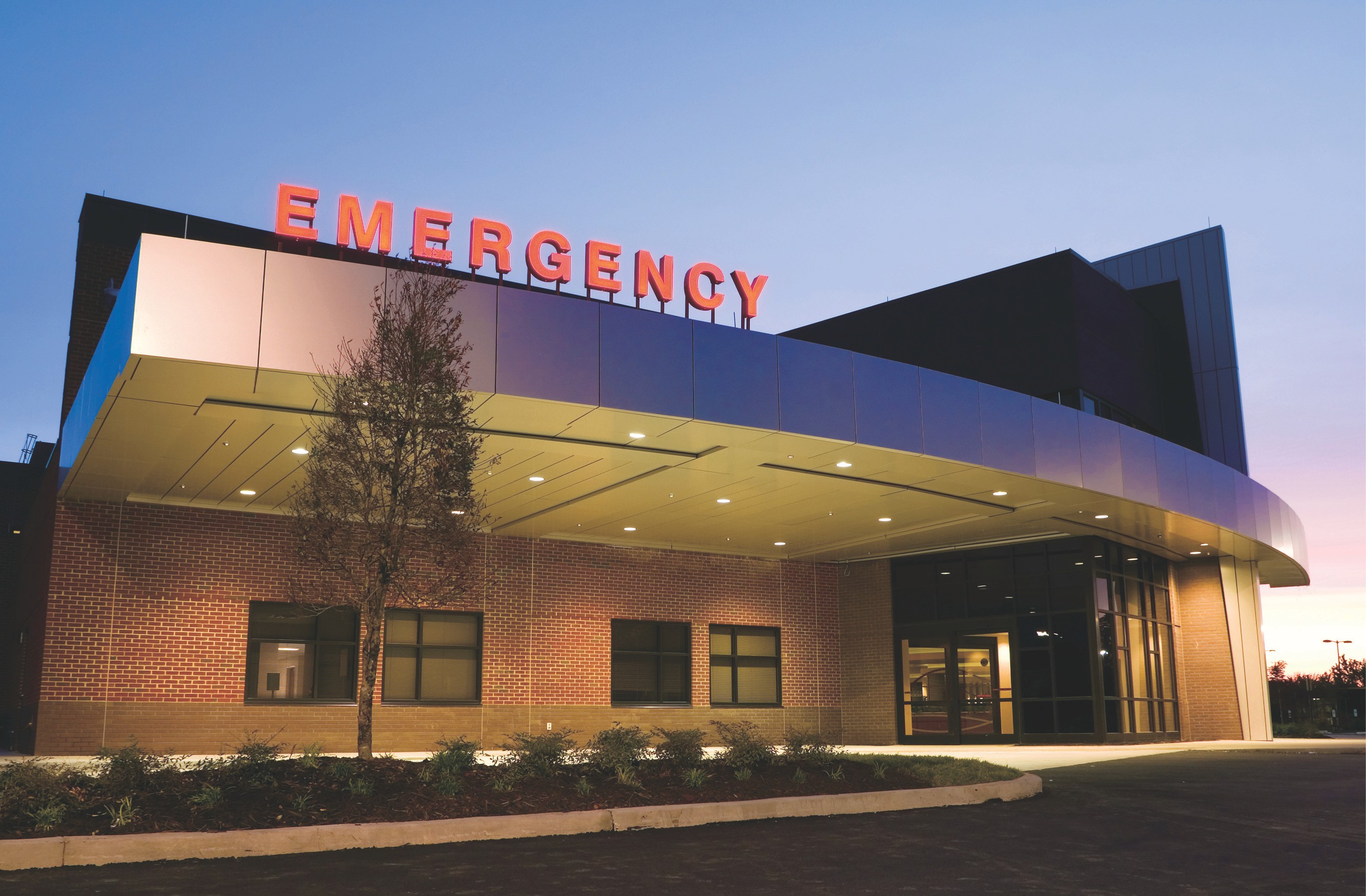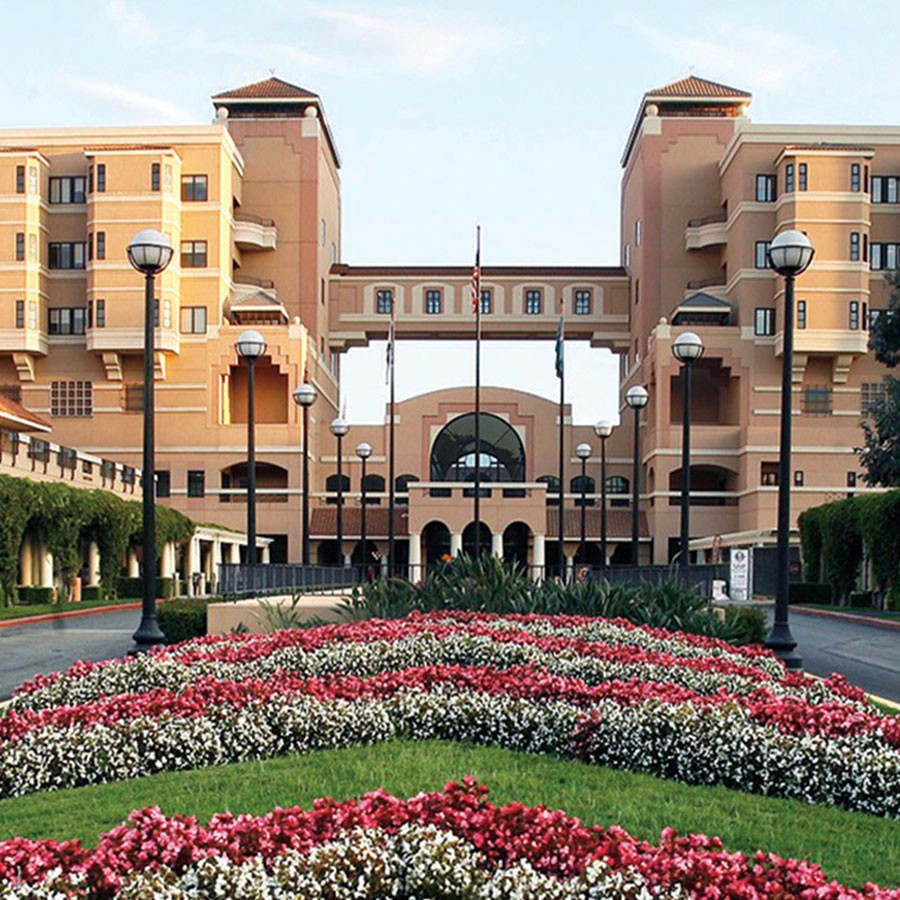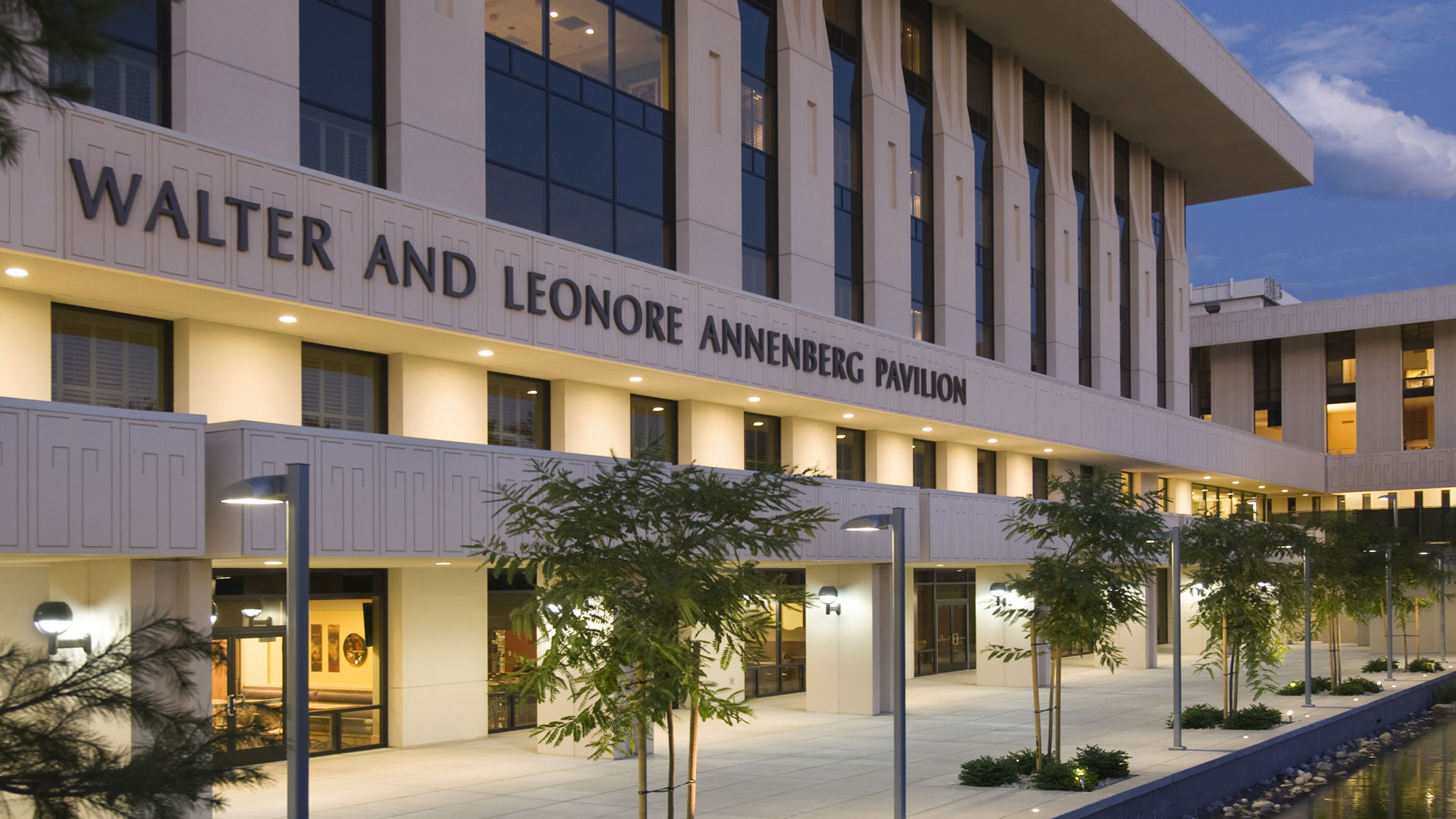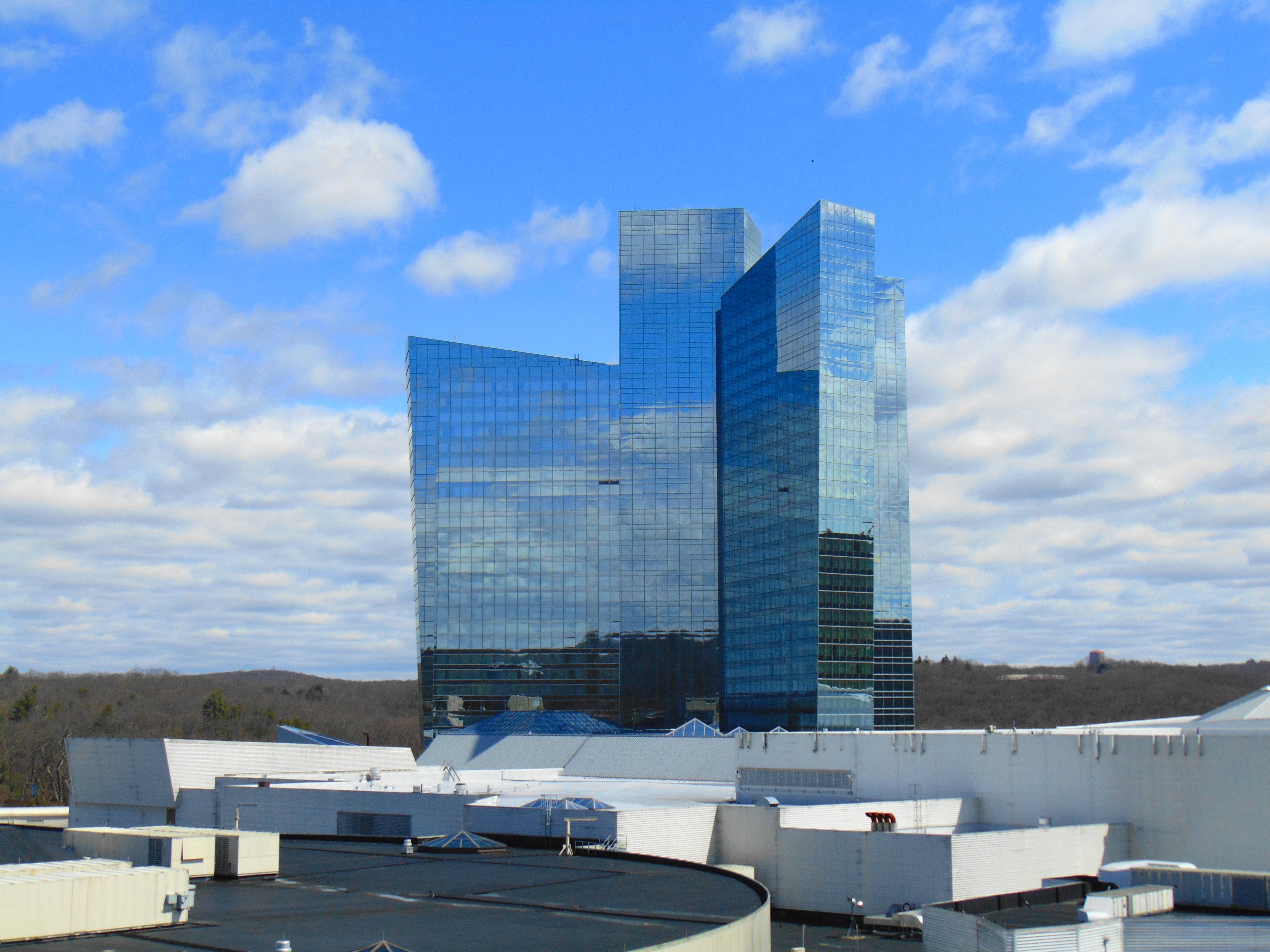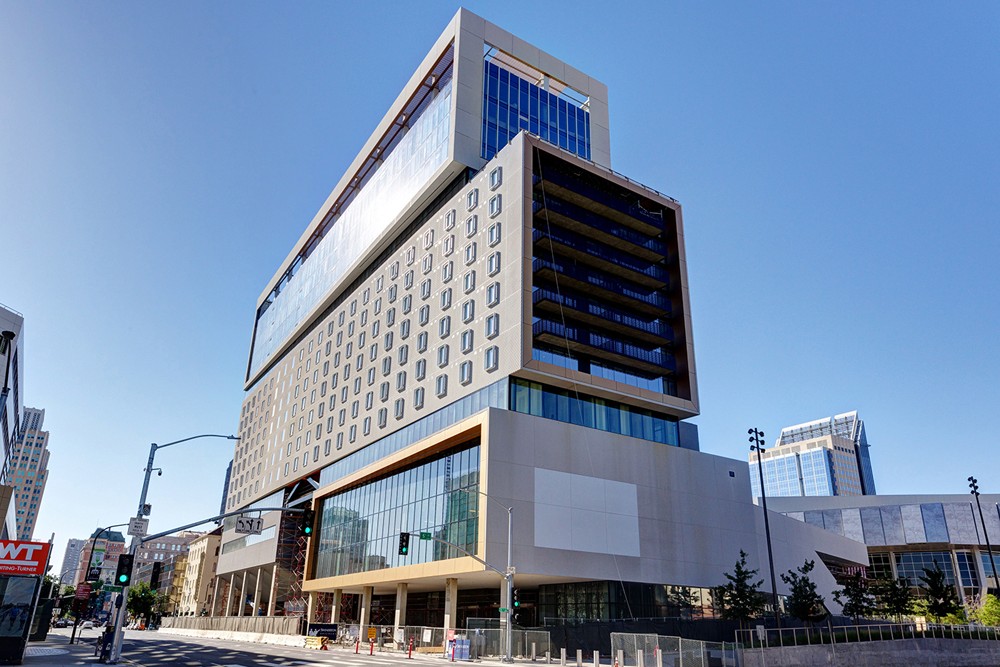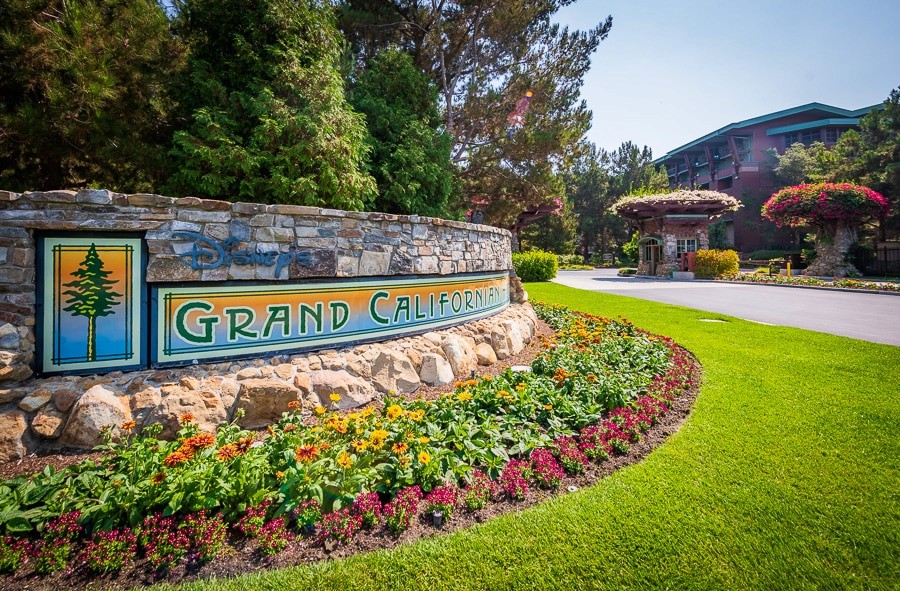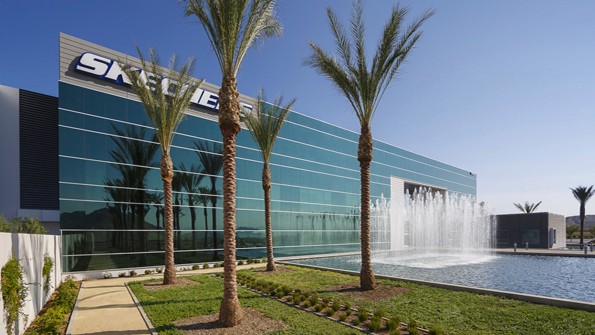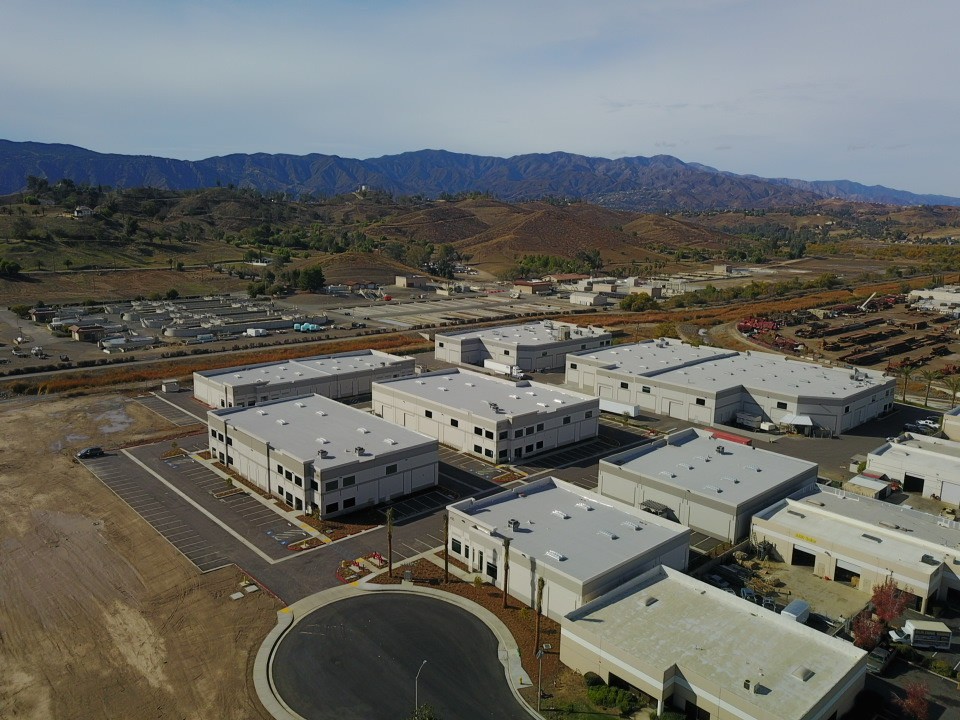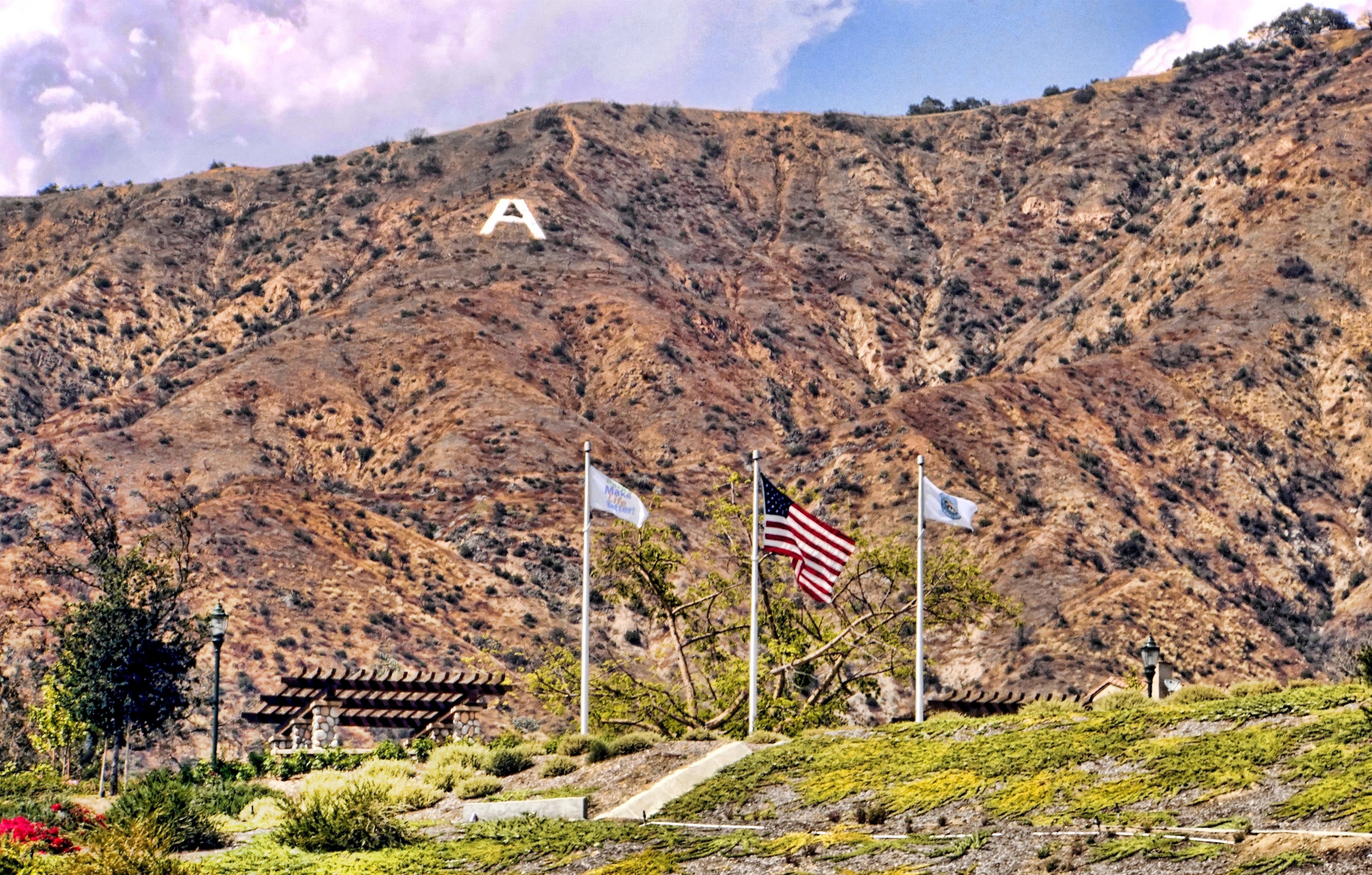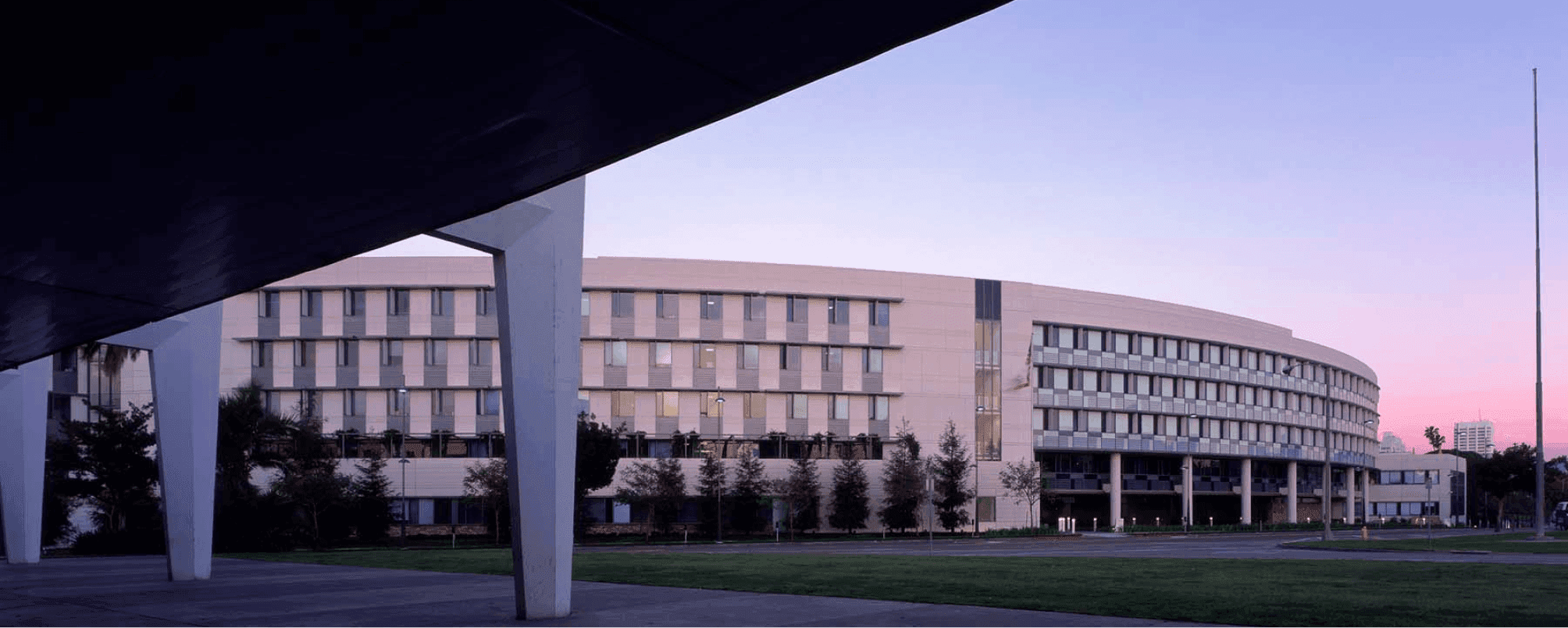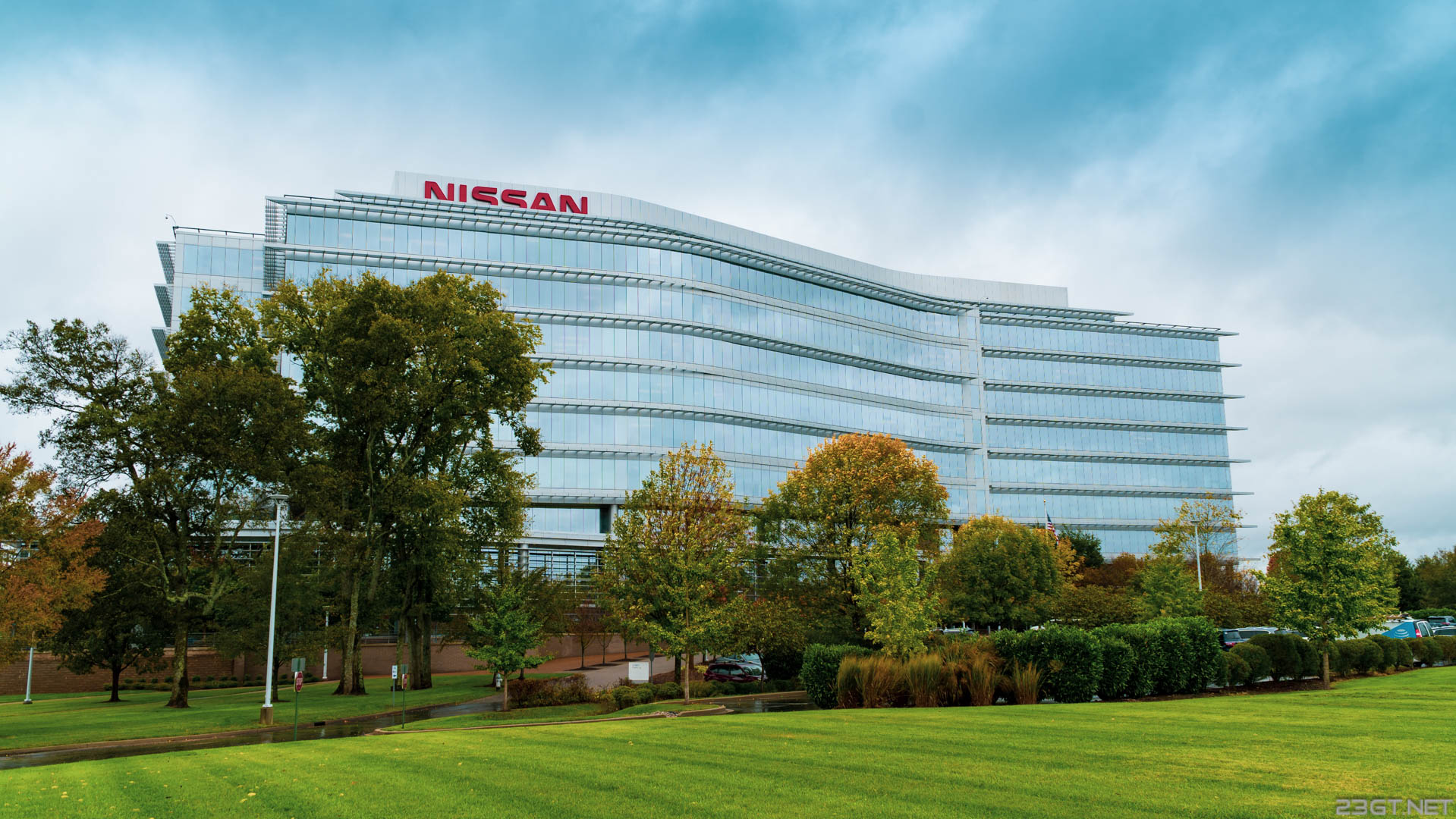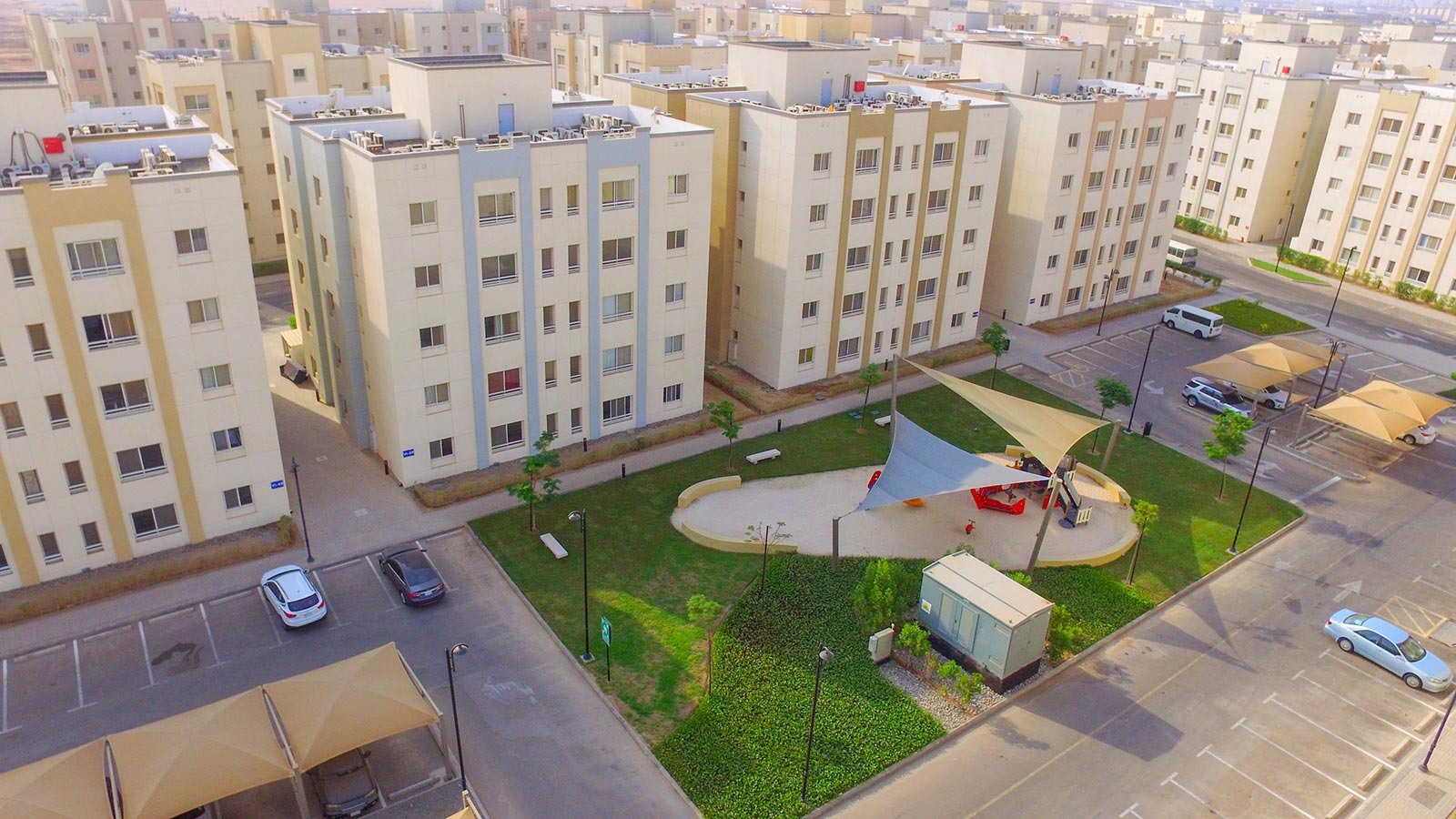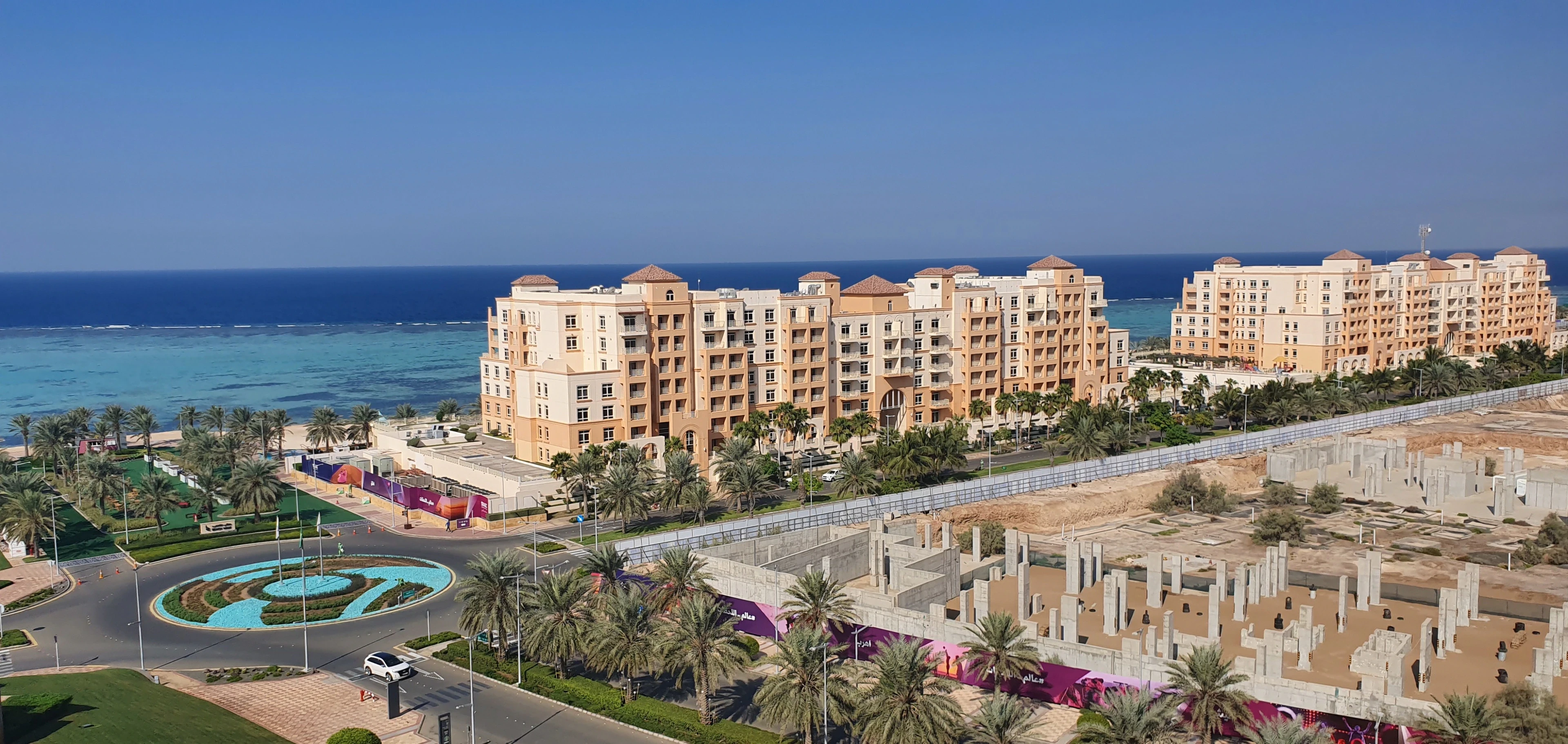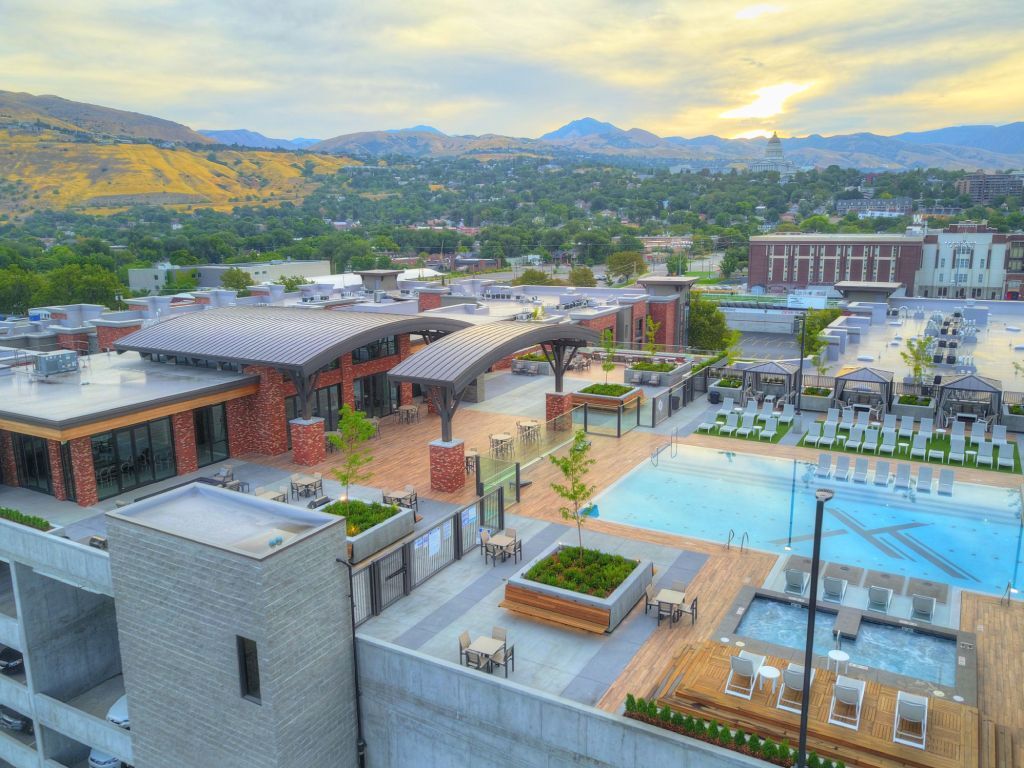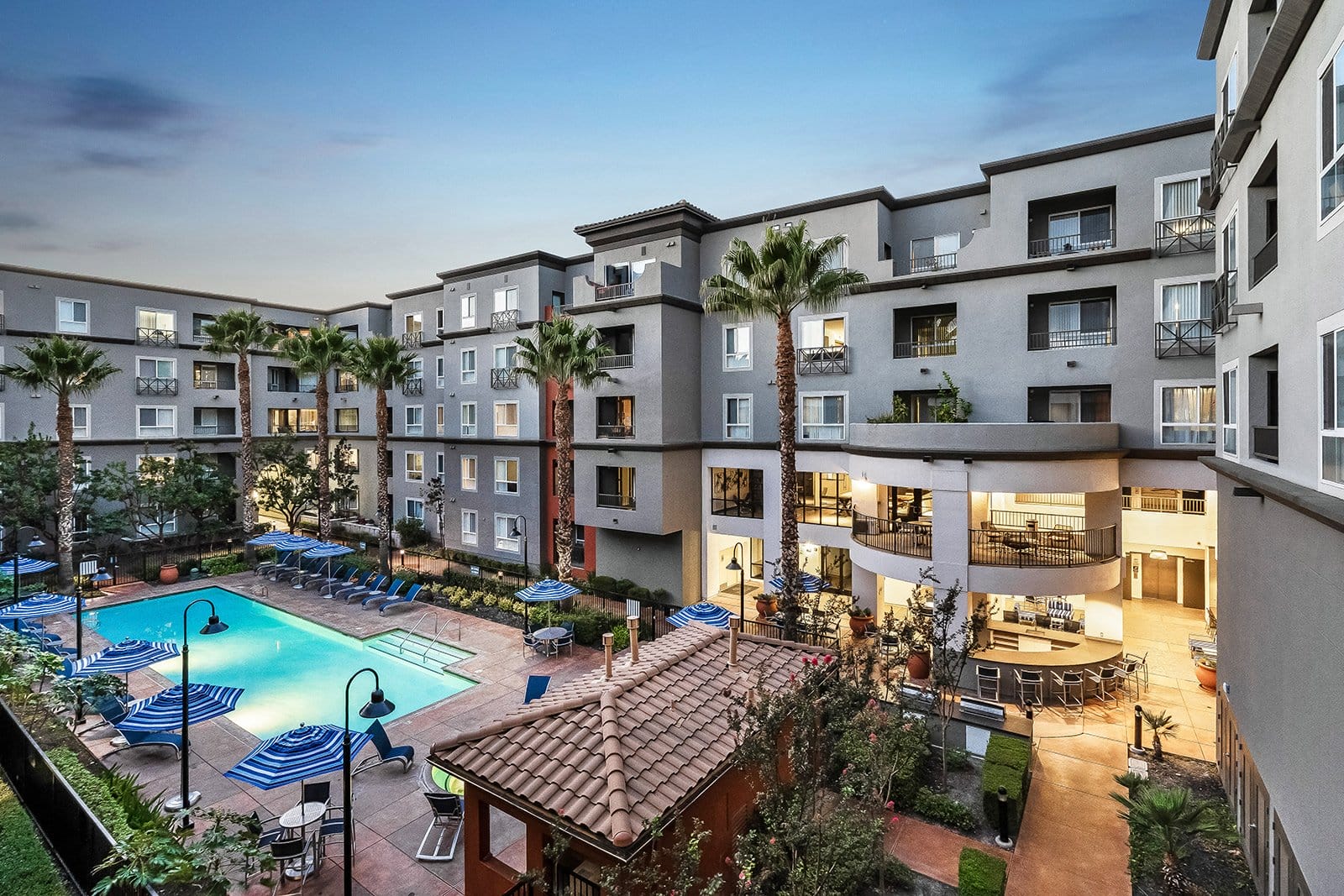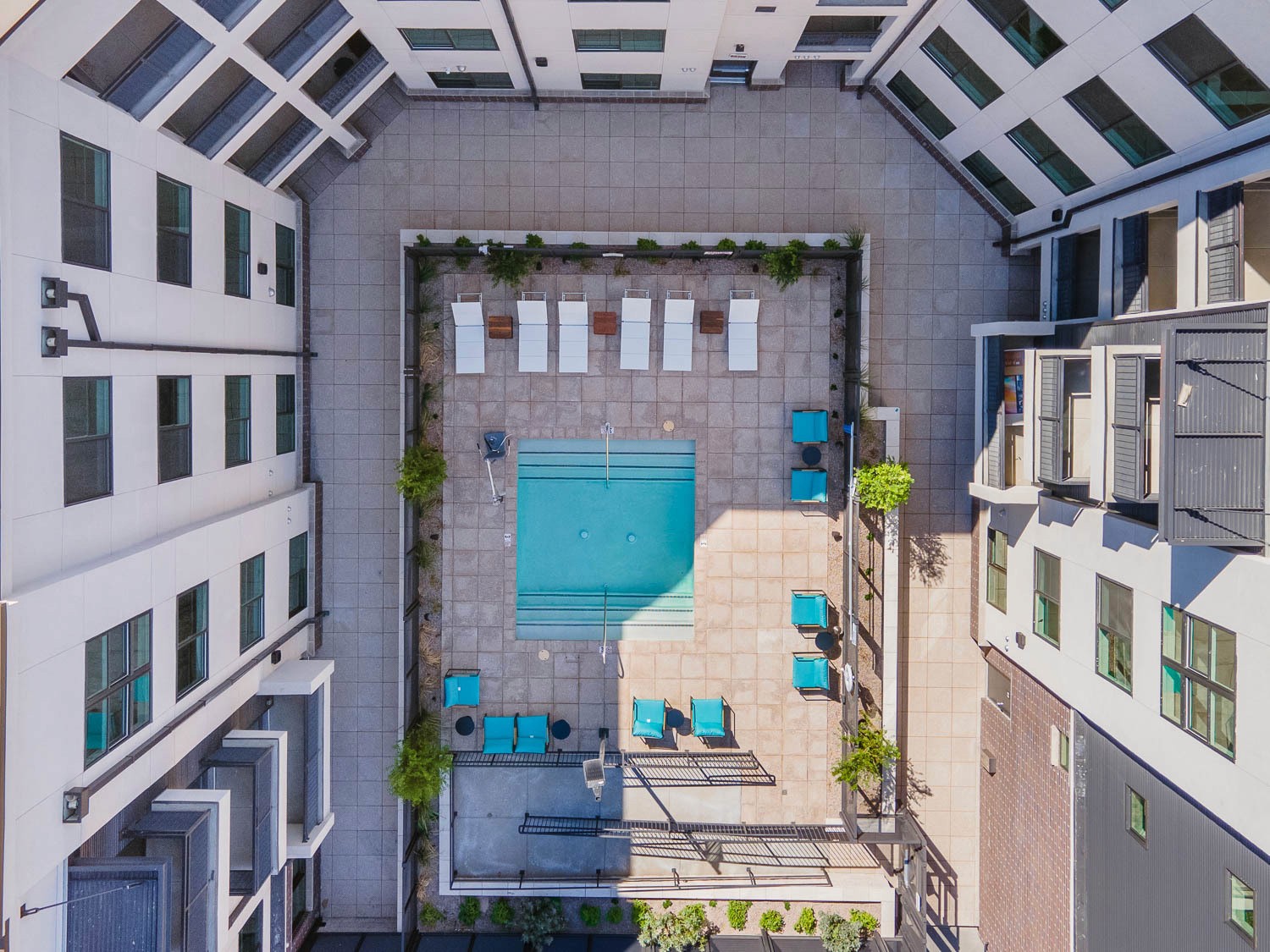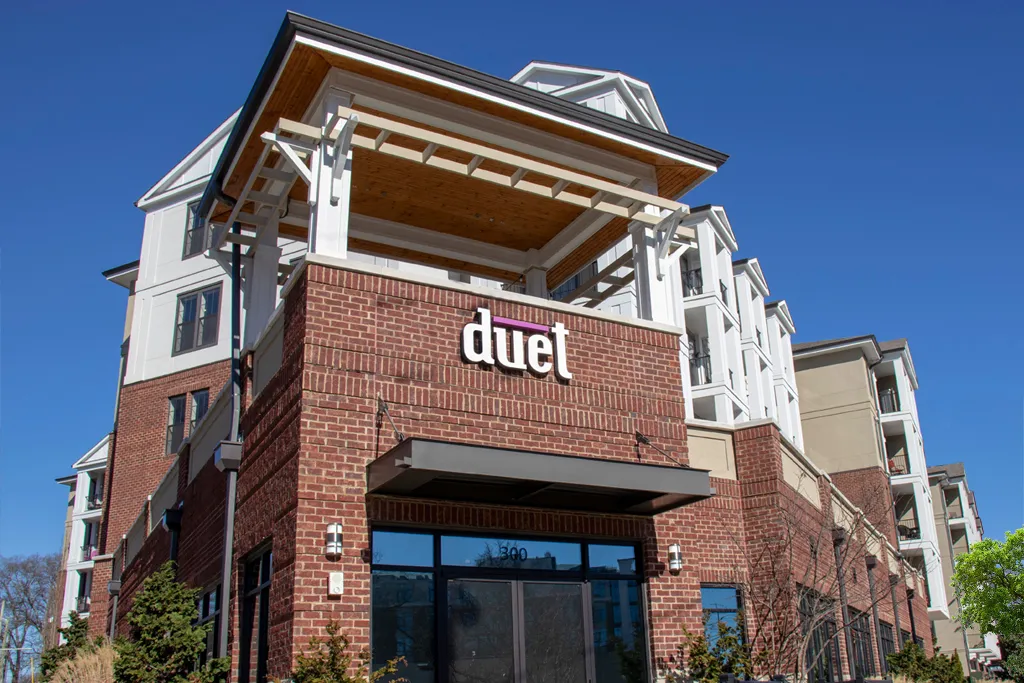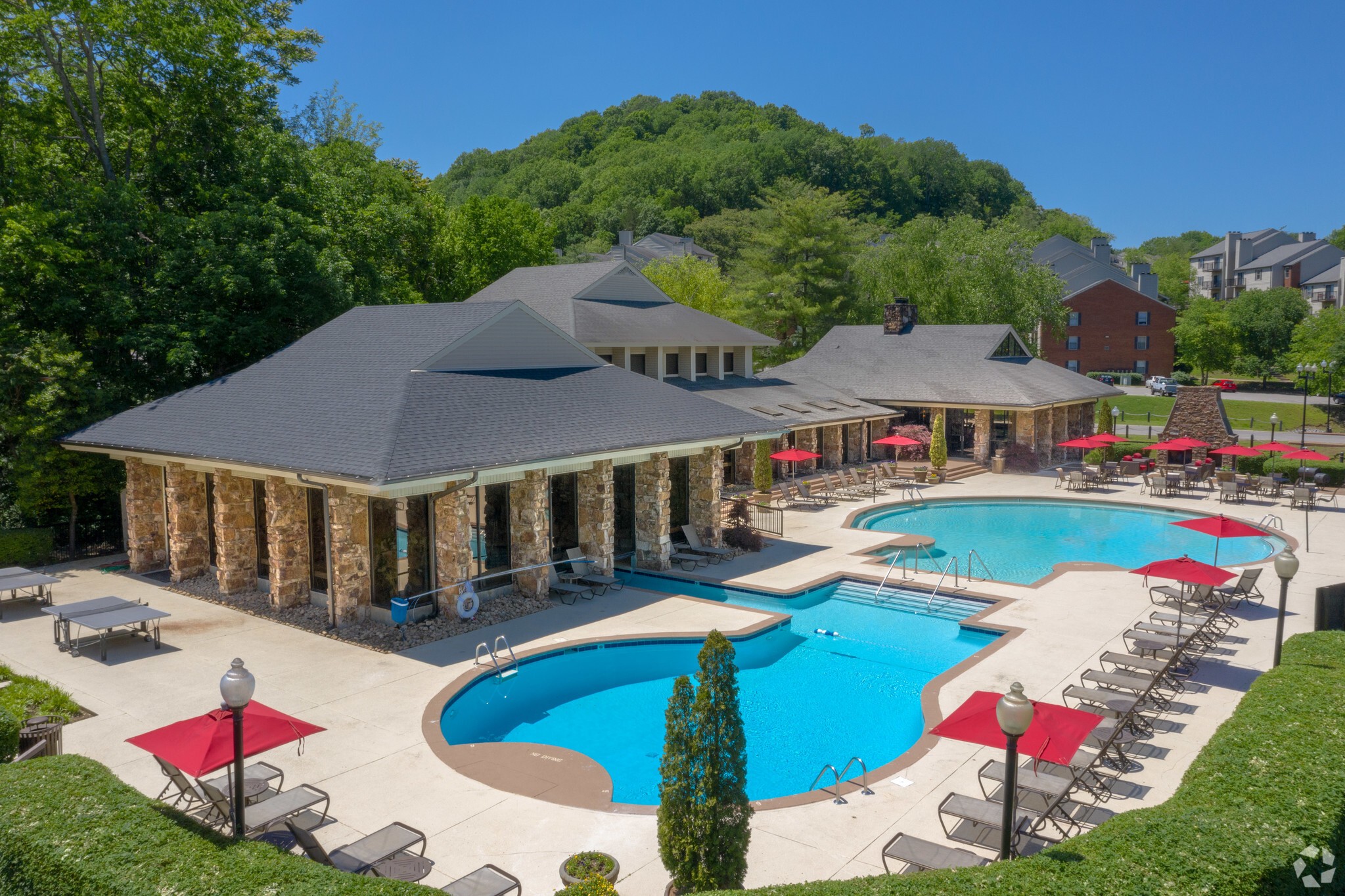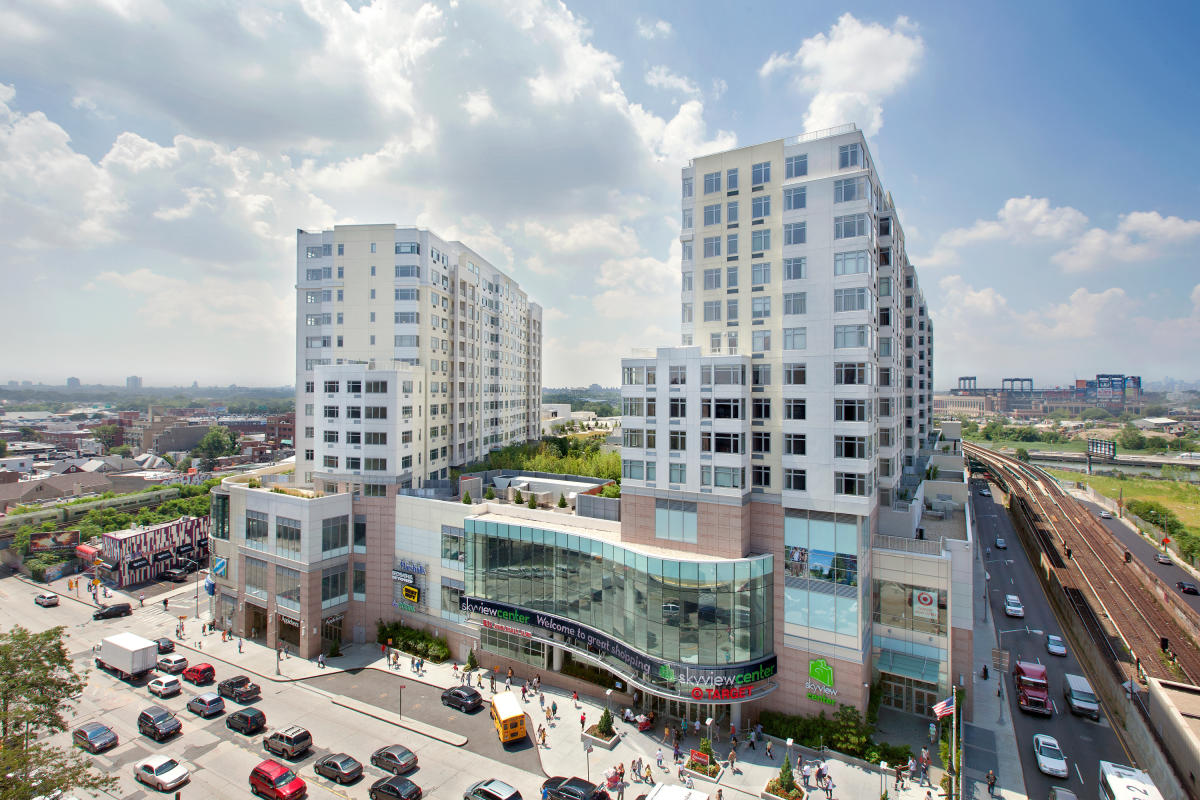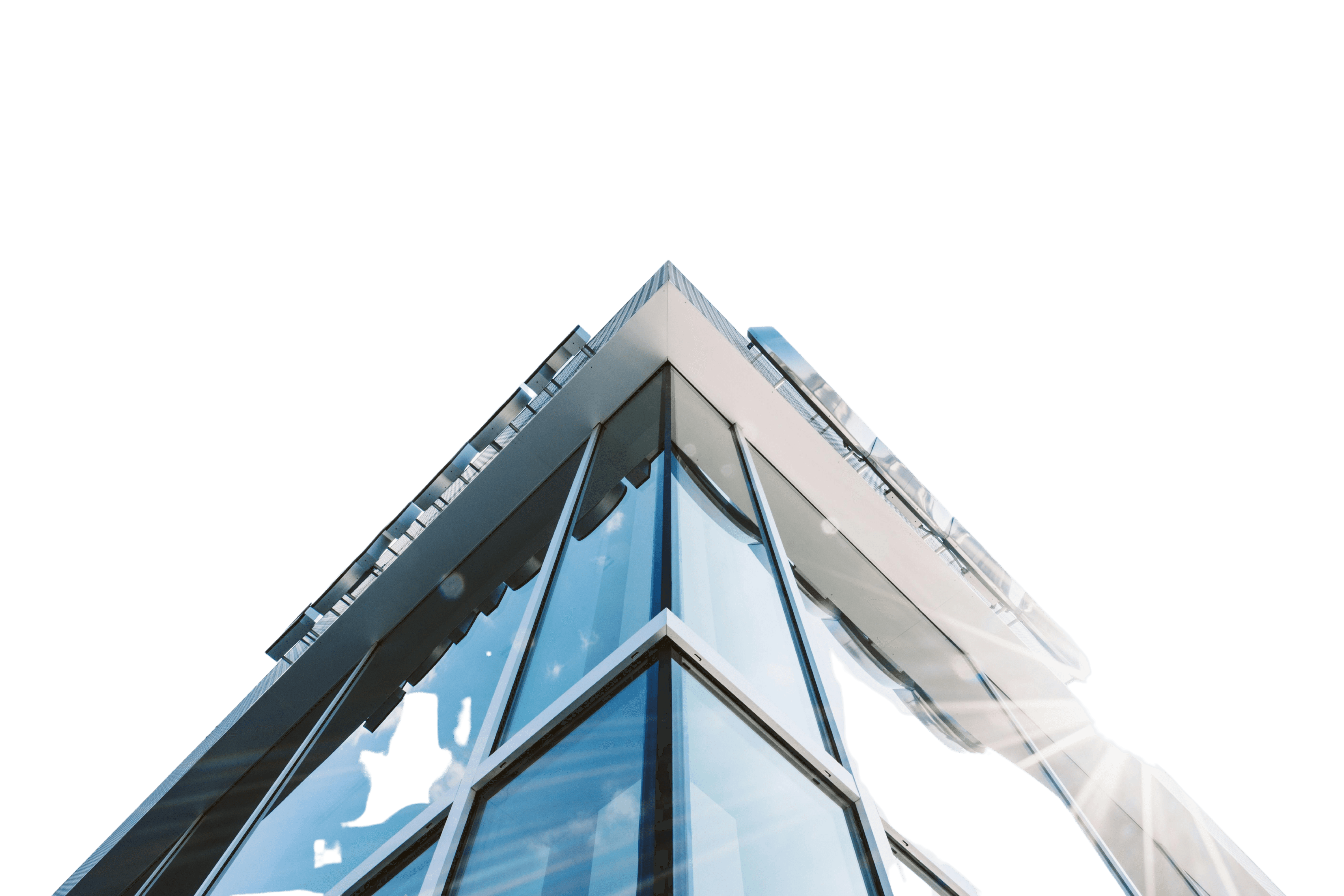
After nearly four decades of planning, Hollywood Burbank Airport’s long-awaited terminal replacement is finally on the runway—and moving at a pace that’s turning heads across the construction industry.
The $1.2 billion “Elevate BUR” project broke ground in January 2024 and is slated for completion by fall 2026—a remarkably swift three-year timeline for a 355,000-square-foot aviation facility. The project is being delivered through a progressive design-build model, led by the Holder, Pankow, TEC Joint Venture (HPTJV), with architectural design by Corgan in association with CannonDesign and engineering support from Burns & McDonnell.
“This is the fastest I’ve ever built anything,” said Roger Johnson, program executive with Jacobs, the firm managing the project on behalf of the Burbank-Glendale-Pasadena Airport Authority (BGPAA).
A Terminal Built for the Future
The new terminal replaces the existing 1930s-era facility, which no longer meets Federal Aviation Administration (FAA) safety standards due to its proximity—just 250 feet—to active runways. The replacement terminal will be situated farther from the runways, enhancing safety and compliance.
Key features of the new terminal include:
14 gates, maintaining the current number to comply with community agreements
A 45,900-square-foot aircraft parking area for boarding and deplaning
A new parking structure with 900 electric vehicle charging stations
Enhanced passenger amenities, including upgraded restrooms, a ticketing lobby, baggage screening systems, and updated security checkpoints
A design targeting LEED Silver certification, emphasizing sustainability and energy efficiency
The terminal’s design, dubbed “The Icon,” draws inspiration from Hollywood’s golden age, featuring a sweeping canopy reminiscent of classic film imagery and offering panoramic views of the Verdugo Hills. The design was selected through a community engagement process, reflecting the region’s cultural heritage and aesthetic preferences.
Community Collaboration and Funding
The path to this project has been shaped by extensive community involvement. In 2016, Burbank voters approved Measure B, allowing the Airport Authority to proceed with the terminal replacement under strict conditions, including limitations on terminal size and gate count. The project also incorporates feedback from public design charrettes, ensuring that community voices are reflected in the final design.
Funding for Elevate BUR comes from a combination of sources:
$724.78 million in airport revenue bonds
Federal airport improvement grants
Passenger Facility Charge revenues
Contributions from airlines and airport users
Importantly, no state, county, or local funds from the cities of Burbank, Glendale, or Pasadena are being used to finance the project.
Engineering Challenges and Innovations
The project team has navigated several engineering challenges, including a 30-foot elevation difference across the site and the need to manage construction on a brownfield site with existing environmental considerations. Innovative solutions, such as consolidating two planned parking garages into a single structure with a subterranean level, have optimized space and preserved views of the surrounding landscape.
The progressive design-build approach has facilitated rapid progress, allowing for overlapping design and construction phases and enabling the team to address issues in real-time. This collaborative model has been instrumental in keeping the project on schedule and within budget.
Looking Ahead
With the new terminal set to open in October 2026, Hollywood Burbank Airport is poised to offer a modern, efficient, and passenger-friendly experience that honors its storied past while embracing the future. The Elevate BUR project stands as a testament to what can be achieved through community engagement, innovative design, and collaborative project delivery.



